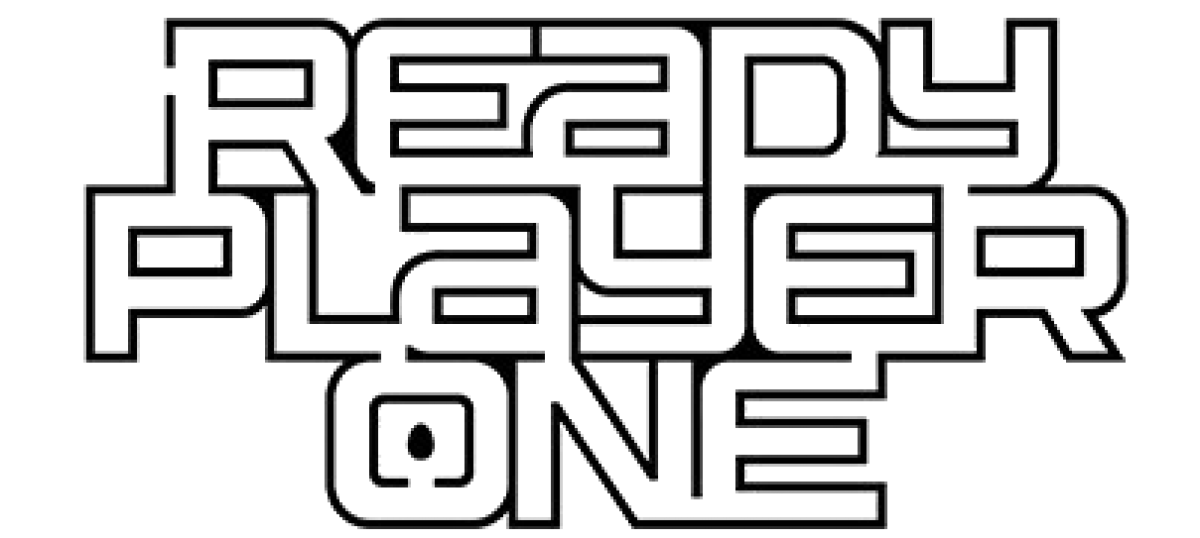Emergency situations can happen any moment, at anytime during the day and there is not much that is taught how to handle these situations. Children are of course taught to call 911, put are most likely never put into that situation, or seen what that emergency situation would look. Some common emergency situations that could happen normally could be, a fire in the house, someone choking or passing out, or someone trying to break into your house. All common emergencies that children or adults may not be prepared for if not been in that situation. With a new educational virtual reality students could be shown emergency situations through the VR goggles and assess the situation to figure what the first step to take.
This new technology will be marketed to elementary schools for younger children to use in the classroom. You would only need to sell a classroom size set as the lesson being taught through the VR would only about an hour which would be about the time for a lesson. You would sell to a school district through salesmen that would teach the school district how to use the technology and show the administrator’s what situations can be shown.
This new technology will have ground breaking visuals as it will show emergency situations that could either be in a kid friendly animation or life-like graphics. When you start up the lesson the teacher will show the whole class a simulation. During the simulation it would pause and a question will pop up and ask what the next action you should take. This will be a step above what is being taught now. There is no current country wide mandated curriculum being used to taught emergency situations. FEMA the Federal Emergency Management Agency does offer curriculum from first to twelve grade, but it outdated as being published in 2013. This program is just a 30 page packet that has various learning activities like matching and short quizzes. FEMA describes this program as, “This standards-based, cross-curricular program is designed to provide students in grades 1 and 2 with the knowledge, awareness, and life-saving skills needed to prepare for a variety of emergencies and disasters.” (Youth Emergency Preparedness Curriculum-Grades 1-2, 1). This new VR simulation will provide students with a more life-like look at emergency situations to replace the outdated packets being used now.
